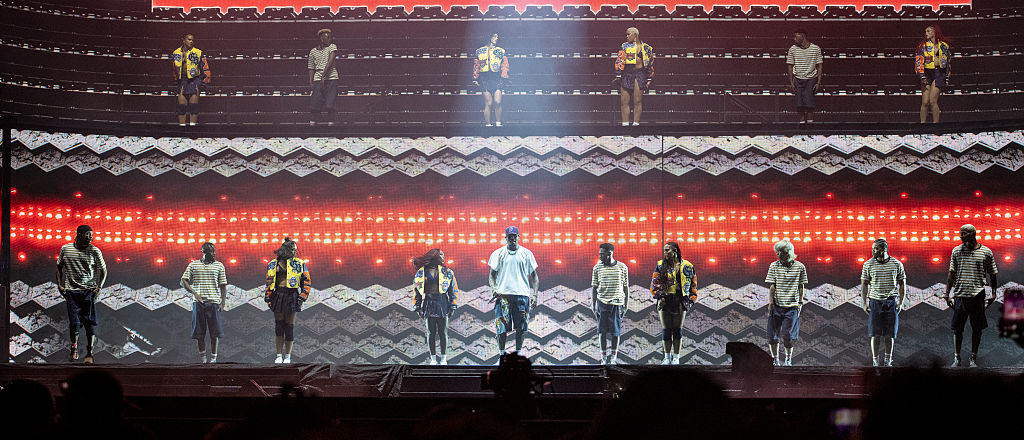No Guidance: Why Was Breezy Bowl Traffic so Bad in Raleigh?

After the Breezy Bowl concert at Carter-Finley Stadium, frustration spilled across social media as fans tried to make sense of the massive traffic meltdown. Thousands were stuck on I-40, Trinity Road, Blue Ridge Road, or Edwards Mill Road for hours. Some abandoned their cars and walked on the interstate just to get to the show on time.
So what went wrong? A mix of overlapping events, unclear direction, and agency confusion all played a part. Let’s dive into it.
1. No Guidance, No Signs, and No Direction
One of the biggest complaints came from concertgoers who said there were little to no traffic signs or cones marking where to turn, park, or enter the venue. Many drivers said they had no idea which lots were open or how to access them until it was too late.
Also, people reported seeing few officers directing traffic on the main approach roads. Some fans said entire intersections were gridlocked with no one actively controlling the flow. Others said only one or two officers were spotted along long stretches of backed-up traffic.
The lack of signage and direction also led to confusion over parking, with some fans circling the area multiple times or sitting in line only to be rerouted.
2. Multiple Agencies, No Unified Command
In addition to lack of direction, one of the biggest differences between Carter-Finley events and those at other nearby venues is agency responsibility.
- For Lenovo Center events: Raleigh Police handle traffic before the event, and the North Carolina State Highway Patrol (NCSHP) takes over once it ends.
- For the NC State Fairgrounds: NCSHP manages traffic throughout.
- For Carter-Finley Stadium: NC State University Police serve as the lead agency.
Even though all three locations rely on the same roads, Blue Ridge Road, Edwards Mill, Trinity Road, Hillsborough Street, and surrounding streets, the lead agency changes depending on the venue. That means different command structures, different communication styles, and different coordination levels.
This patchwork setup can lead to different outcomes even with the same infrastructure.
Fans Want Answers and Change
People online blamed everyone from venue operators to police to the City of Raleigh. Some argued there should have been visible traffic direction on every major road leading to the stadium. Others said there should have been more signs, pre-event communication, or designated shuttle and rideshare routes.
Many also questioned why walking safely to the venue wasn’t accommodated if officials anticipated gridlock.
The Breezy Bowl may be over, but the conversation it sparked is just getting started.